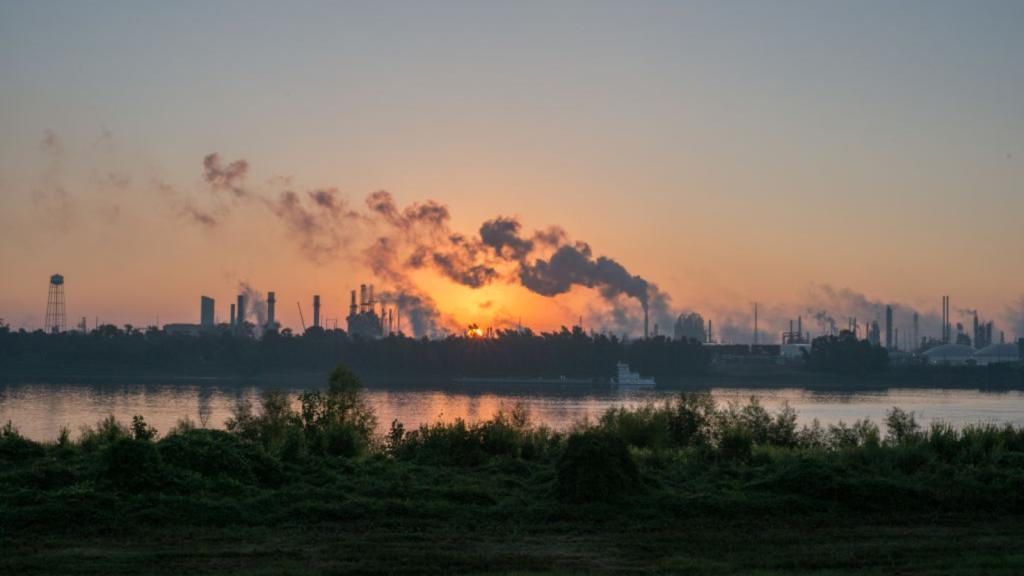Funny you should ask. That is the title of an analysis published this month in Geophysical Research Letters ($ub. req’d) by four scientists from the Polar Science Center, Applied Physics Laboratory, College of Ocean and Fishery Sciences, University of Washington, Seattle. What did they conclude?
A model study has been conducted of the unprecedented retreat of arctic sea ice in the summer of 2007. It is found that preconditioning, anomalous winds, and ice-albedo feedback are mainly responsible for the retreat. Arctic sea ice in 2007 was preconditioned to radical changes after years of shrinking and thinning in a warm climate. During summer 2007 atmospheric changes strengthened the transpolar drift of sea ice, causing more ice to move out of the Pacific sector and the central Arctic Ocean where the reduction in ice thickness due to ice advection is up to 1.5 m more than usual. Some of the ice exited Fram Strait and some piled up in part of the Canada Basin and along the coast of northern Greenland, leaving behind an unusually large area of thin ice and open water. Thin ice and open water allow more surface solar heating because of a much reduced surface albedo, leading to amplified ice melting. The Arctic Ocean lost additional 10% of its total ice mass in which 70% is due directly to the amplified melting and 30% to the unusual ice advection, causing the unprecedented ice retreat. Arctic sea ice has entered a state of being particularly vulnerable to anomalous atmospheric forcing.
In short, Santa Claus and Superman need to find a new home. Next stop for them — East Antarctica, which is probably good for another century or two.
This post was created for ClimateProgress.org, a project of the Center for American Progress Action Fund.



